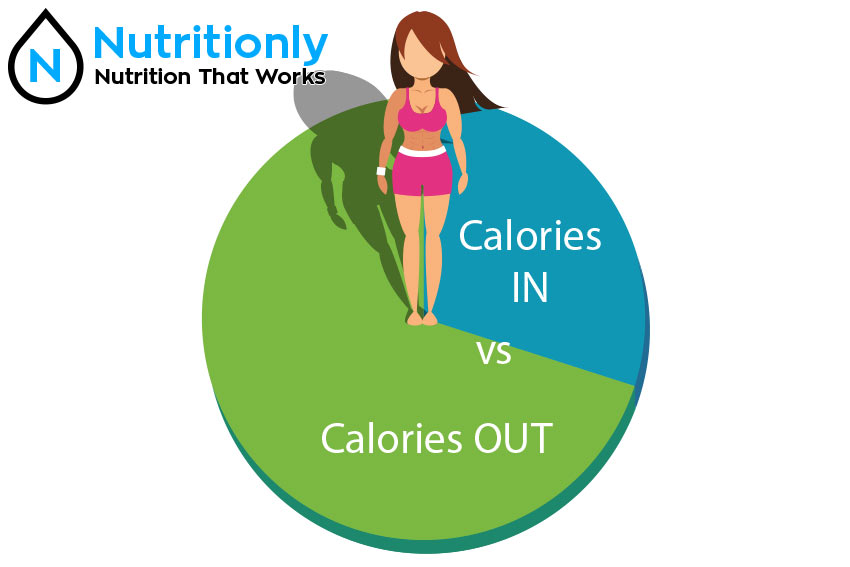 This question opens up a can of worms. This is probably one of the most debated questions in the industry today. Researchers weigh in on both sides of this issue. It’s an easy question with a complex answer, I’m afraid.
This question opens up a can of worms. This is probably one of the most debated questions in the industry today. Researchers weigh in on both sides of this issue. It’s an easy question with a complex answer, I’m afraid.
- A carb’s a carb.
- A fat’s a fat.
- A protein’s a protein.
Take that for what it’s worth. All carbs and proteins have 4 calories per gram. All fats have 9 calories per gram. In a calorie war, there is no difference between the sources. However, most would agree that an apple is more nutritious than a candy bar. But, what if they had the same calorie and nutrient profiles?
Food Calories Protein Carbs Fat
Apple (100g) 52 0.3 14 0.2
Lemonheads 50 0 14 0
(10 pieces)
Didn’t think that was a real life scenario, did you? Well it is. I would be laughed off the planet if I told people to eat Lemonheads instead of apples; yet, they have the same macronutrient (check this article “How to Calculate Your Macros & Calories.”) profile. Where they differ is on the micronutrient level.
Micronutrients are nutrients needed in small quantities like vitamins and minerals.
If you choose the Lemonheads, you will be missing out on nutrients such as Potassium, Vitamin C, & Quercetin that the apple offers. I’m not saying that Lemonheads don’t have their place. I’m also not saying that you should always choose fruit over other carb sources.
One important aspect about fruit to point out is that it has a higher percentage of fructose (i.e. fruit sugar). Fructose is primarily used to replenish liver glycogen. Fructose does not help in the replenishment of muscle glycogen. So, the better post-workout snack out of the two may perhaps be Lemonheads. Just keep in mind that you’re missing out on those other nutrients so be sure to get them from other sources of the diet.
I’m not saying that you should do this and by no means am I saying it’s ideal. I’m simply trying to illustrate a point.
Rather than dividing foods into “good food” and “bad food,” it would be more beneficial to consider the timing. What makes a good carb good and what makes a bad carb bad?
Timing.
Take the example above. A good time for the Lemonheads would be post workout because they’ll get into the system quickly and act like a simple sugar to replenish muscle glycogen. (It should go without saying that protein should accompany your Lemonheads.) A bad time for Lemonheads would probably be right before bed, as a spike in blood sugar may not prove to be ideal.





